The 15 Cheapest Places to Live: US Cities Edition
Have a look at the cheapest places to live in America for city dwellers. Is one of the cheapest places to live in the U.S. right for you?

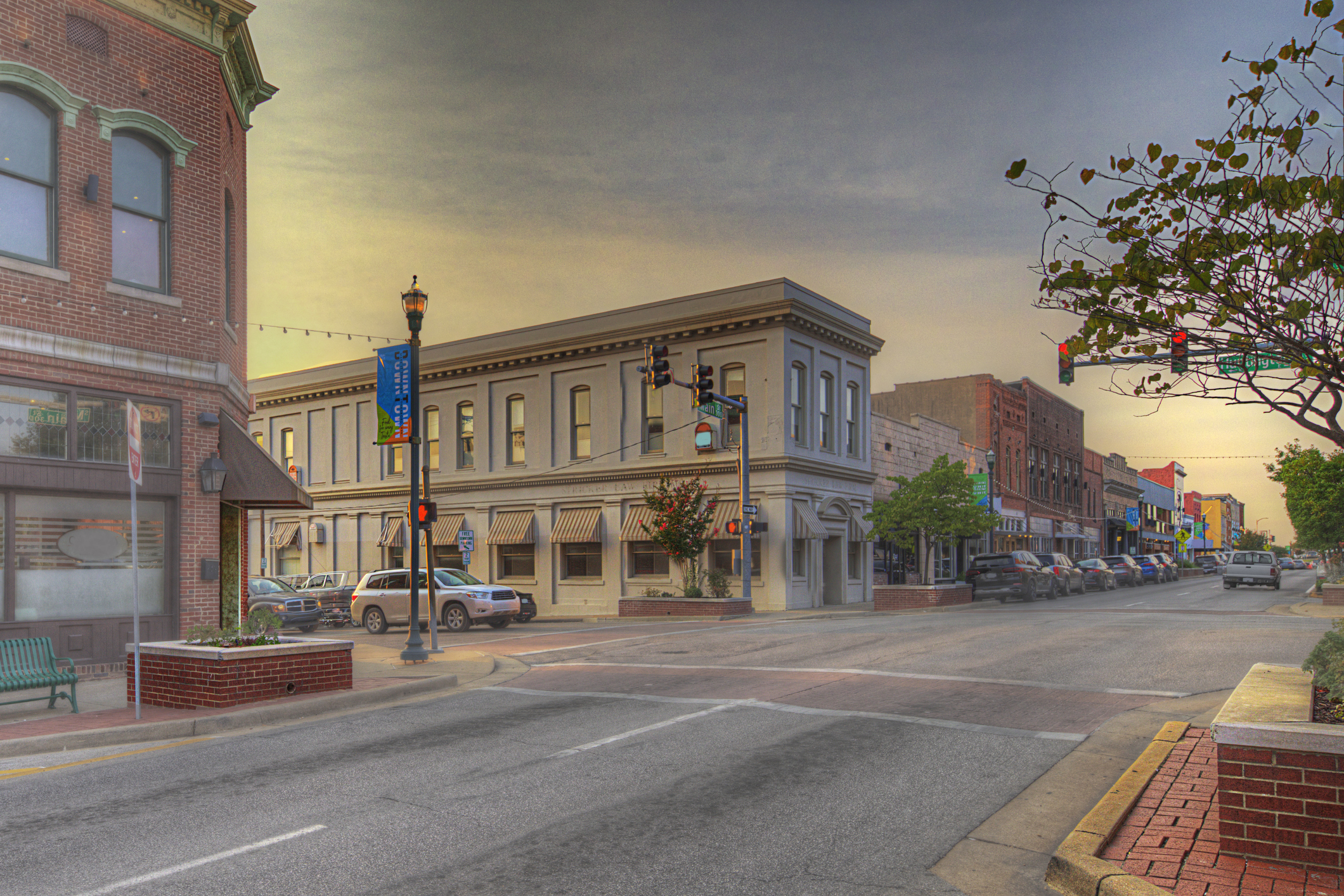
When it comes to finding the cheapest places to live in the U.S. for city dwellers, the best locations to settle down are mostly south of the Mason-Dixon line. Texas and Alabama are just a couple of the Southern states making multiple appearances on our list of the cheapest places to live among U.S. cities.
But if you're thinking about relocating to one of these places with the lowest costs of living, just remember to weigh the pros and cons. Cheap prices are attractive, but the allure can fade if jobs are hard to come by, paychecks are small, or the area offers little to do. Plan an extended visit to ensure that one of these cheapest places to live fits your needs.
"It is undeniable that larger metro areas like New York and Los Angeles offer better opportunities for higher-paying jobs," notes Tyler Baines, cost of living project manager and research analyst at the Center for Regional Economic Competitiveness. "But job seekers should not only consider the size of their paycheck when figuring out where they should call home."
To that last point, Kiplinger has extensive experience in covering real estate, demographics, and cost of living data for job seekers, would-be homeowners, remote workers, and retirees.
How we found the cheapest places to live
Our analysis of the cheapest places to live in the U.S. is based on the Council for Community and Economic Research's (C2ER) calculations of living expenses in 265 urban areas. We then limited ourselves to metro areas with at least 50,000 inhabitants. We further supplemented C2ER's research with data from the U.S. Census Bureau and the U.S. Bureau of Labor Statistics.
(For smaller urban areas, be sure to read our list of the 10 Cheapest Small Towns in America.)
C2ER's Cost of Living Index measures prices for housing, groceries, utilities, transportation, healthcare, and miscellaneous goods and services, such as going to a movie or getting your hair done at a salon.
Thanks to that data — which sorts through 90,000 prices covering 60 different items in hundreds of cities — we were able to pinpoint the places with the absolute lowest costs of living.
And make no mistake, the difference between the priciest place to live and the cheapest places to live in the U.S. is striking.
"The after-tax cost for a professional/managerial standard of living ranges from more than twice the national average in Manhattan, New York, to more than 20% below the national average in Decatur, Illinois," notes C2ER.
Read on for our latest list of the 15 cheapest places to live, in the U.S., for city dwellers.
Source: C2ER's Cost of Living Index, 2025 Annual Average Data, published August 2025. Index data is based on average prices of goods and services collected during the first quarter of 2025, with index values based on the new weights for 2025. Metro-level data on populations, household incomes, home values, poverty rates and other demographic information are from the U.S. Census Bureau. Metropolitan area unemployment rates, courtesy of the U.S. Bureau of Labor Statistics and YCharts, are not seasonally adjusted, and are as of September17, 2025 for the month of July 2025, which is the latest available data.
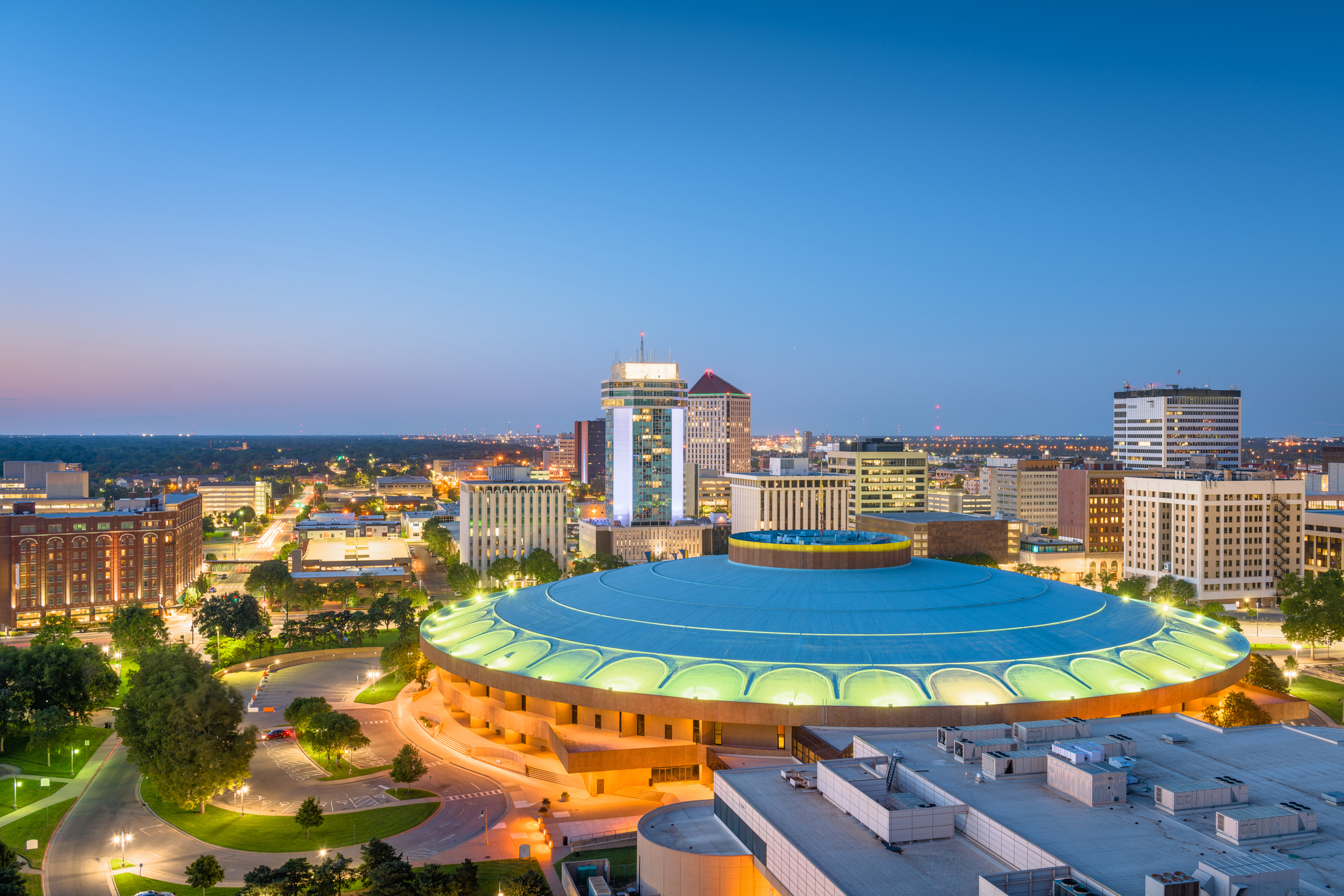
15. Wichita, Kansas
- Cost of living: 14.1% below U.S. average
- Metro population: 396,123
- Median household income: $61,281 (U.S. average: $81,604)
- Median home value: $198,100 ($540,508 U.S. average)
- Unemployment rate: 4.7% (4.3% U.S. average)
Wichita, Kansas, located in the south-central part of the state, is the largest city in Kansas and serves as a major commercial, financial, and cultural hub for the state. It has a rich history rooted in both its "Cowtown" origins and its leading role in the aviation industry.
The landscape is characterized by the flat to gently rolling plains of the Great Plains and is also part of "Tornado Alley." It's prone to severe thunderstorms and tornadoes, particularly in the spring and early summer.
Housing costs in Wichita are well below normal and are 34% lower than the national average. This is where the big savings stop. Groceries, utilities, and transportation are close to average, offering a savings of 5 to7%.
The economy of Wichita is diverse, but it is overwhelmingly dominated by the aerospace industry. The city's nickname, "The Air Capital of the World," is well-earned, as it is home to major aircraft manufacturers like Textron Aviation (Cessna and Beechcraft) and Bombardier Learjet, as well as Spirit AeroSystems, a leading producer of commercial aircraft structures.
The region is a major agricultural hub, with companies like Koch Industries and Cargill Protein having a significant presence. Its central location in the U.S. makes Wichita an important hub for transportation and logistics, with major interstates and rail carriers connecting the city to both coasts.
Wichita boasts over 100 parks and 150 miles of bike and hiking trails. The Arkansas River, which flows through downtown, is a focal point for recreation, including kayaking and paddleboarding. It's home to a variety of museums, including the Wichita Art Museum and the Kansas Aviation Museum, which celebrates the city's aviation heritage. If you want some insight into the region's history, you can visit the Mid-America All-Indian Center and the Old Cowtown Museum.
Kansas recently repealed its tax on Social Security benefits, and they have no estate or inheritance taxes. While public pensions are exempt from income tax, other pensions, IRA and 401(k) distributions are taxable.

14. San Marcos, Texas
- Cost of living: 14.5% below U.S. average
- Metro population: 68,920
- Median household income: $51,030
- Median home value: $269,700
- Unemployment rate: 3.9%
San Marcos, Texas, is a vibrant city located in the heart of Central Texas, situated on the I-35 corridor between Austin and San Antonio. The city is known for its beautiful natural attractions, particularly the San Marcos River, its outlet shopping centers, and for being the home of Texas State University.
The city's landscape features rolling hills and the spring-fed San Marcos River, which is a major defining feature of the area. The river is fed by the Edwards Aquifer through hundreds of springs at the bottom of Spring Lake and maintains a constant temperature of 72 degrees Fahrenheit year-round. This makes it a popular destination for water-based activities. The city is also home to various natural areas and parks with hiking and biking trails, offering a mix of landscapes from grasslands to canyon bluffs.
Living in San Marcos is 15.5% cheaper than in other American cities. Housing offers the biggest savings, costing only 76.7% of the national average. Groceries and health care are only a little over 6% cheaper than the national average, while utilities and health care are between 12% to 17% less than average.
One of the most significant economic drivers is Texas State University, which is one of the largest universities in the state. The university brings a large student and faculty population, providing jobs, and fostering innovation and research, particularly in fields like advanced materials, water research and biotechnology. The city's location on I-35 makes it an ideal hub for logistics and distribution, with major fulfillment centers like Amazon establishing a presence there.
Beyond the river, the city boasts over 2,100 acres of natural areas and parks, including Purgatory Creek Natural Area and Five Mile Dam Park, which offer extensive trails for hiking, running, and biking.
The city hosts annual events and festivals, such as the Mermaid Festival and the Sacred Springs Powwow. Cultural attractions include the LBJ Museum of San Marcos, which focuses on Lyndon B. Johnson's formative years at Texas State University, and the Calaboose African American History Museum.
Texas has no income tax, and it exempts groceries, prescription and over-the-counter medications from sales taxes.

13. Conway, Arkansas
- Cost of living: 14.7% below U.S. average
- Metro population: 69,577
- Median household income: $62,886
- Median home value: $246,100
- Unemployment rate: 4.0%
The city of Conway — an affordable enclave in the Little Rock-North Little Rock-Conway metro area — is home to a number of high-tech companies, including information technology firm Insight Enterprises (NSIT).
Being home to a large proportion of younger residents helps keep costs in check. Known as "The City of Colleges," Conway hosts three post-secondary educational institutions: the University of Central Arkansas, Hendrix College and Central Baptist College.
Close proximity to the Arkansas River and Lake Conway makes the city ideal for fishing and water sports, and there's ample space for hunting. Yet you can drive to the state capital of Little Rock in a half-hour or so.
Not that Conway is without its own more aspirational cultural attractions. The city is home to the Arkansas Shakespeare Theatre, the state's only professional Shakespeare company.
Conway's housing costs are affordable and run 25% below the national average. Utilities, transportation and healthcare costs are also comparatively modest.
As Kiplinger's Arkansas State Tax Guide shows, the state doesn’t create a tax burden for retirees. And there are no estate or inheritance taxes when you die.
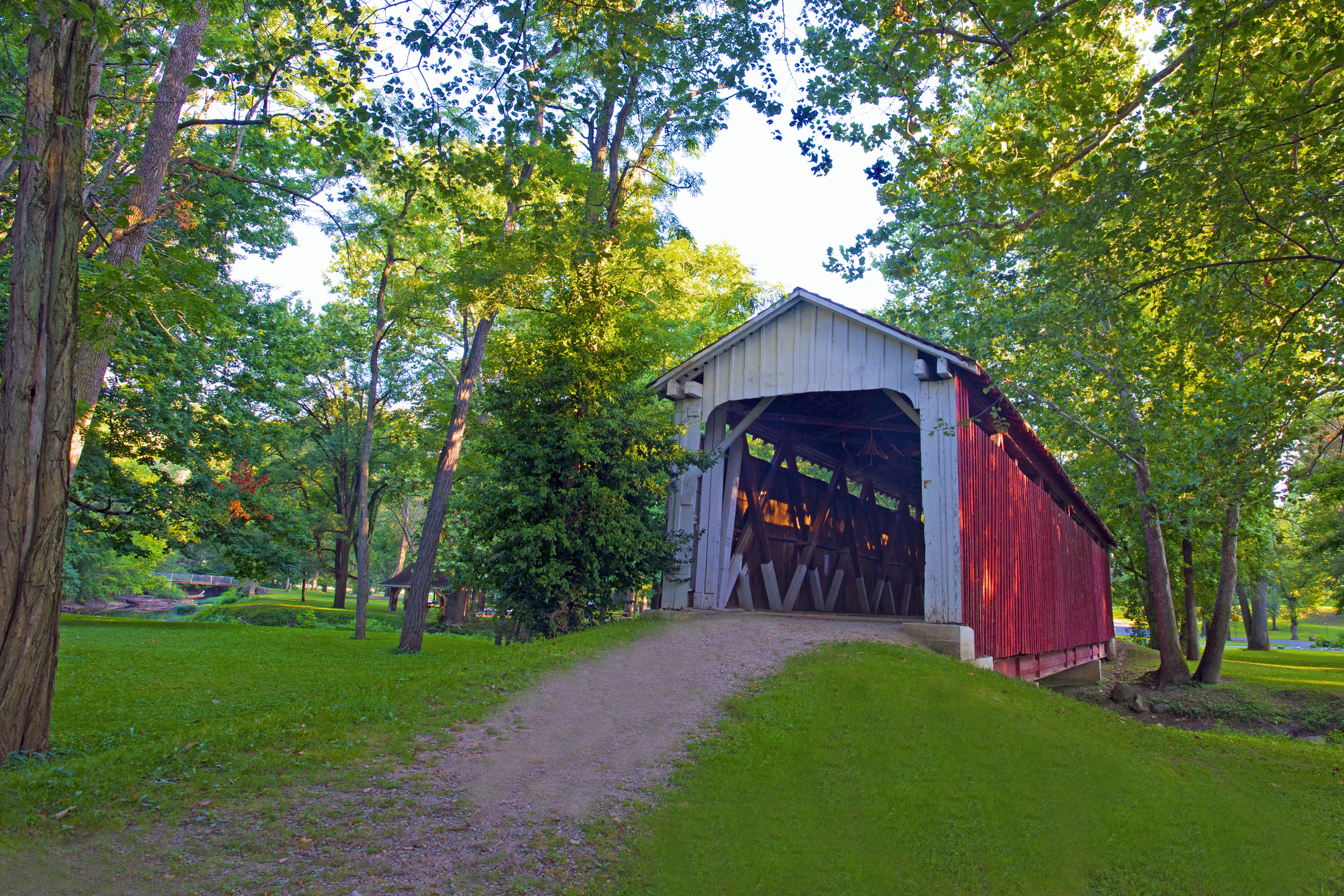
12. Kokomo, Indiana
- Cost of living: 15.1% below U.S. average
- Metro population: 59,375
- Median household income: $54,195
- Median home value: $126,500
- Unemployment rate: 6.9%
Kokomo was founded in 1844 as the county seat for what is now Howard County. It was originally home to the Miami Indians, who lived along the waterways and the valley of the Wabash River in north central Indiana.
Although the median household income is about two-thirds of the amount in the U.S., the housing costs are 43.1% below the national average. Indiana currently has a flat tax rate of 3.05% that is applied to state adjusted gross income after modifications. Overall utility costs are about 7.8% below the national average, while transportation costs are 4.4% more.
It would be fair to say that Indiana is a military-friendly state. For instance, starting with the 2024 tax year, all military income is exempt from state income tax. They also have a comprehensive program called INvets. It helps veterans transition to civilian life, with an emphasis on finding the right community and job placement.
Getting around the city of Kokomo is easy and can be free. The city offers residents and visitors free public transportation through City Line Trolley, providing coverage to most of the educational, retail, and medical areas and services with over 250 stops. The KokoGo Bike Share facility offers a free bike share program during the spring, summer and fall months.
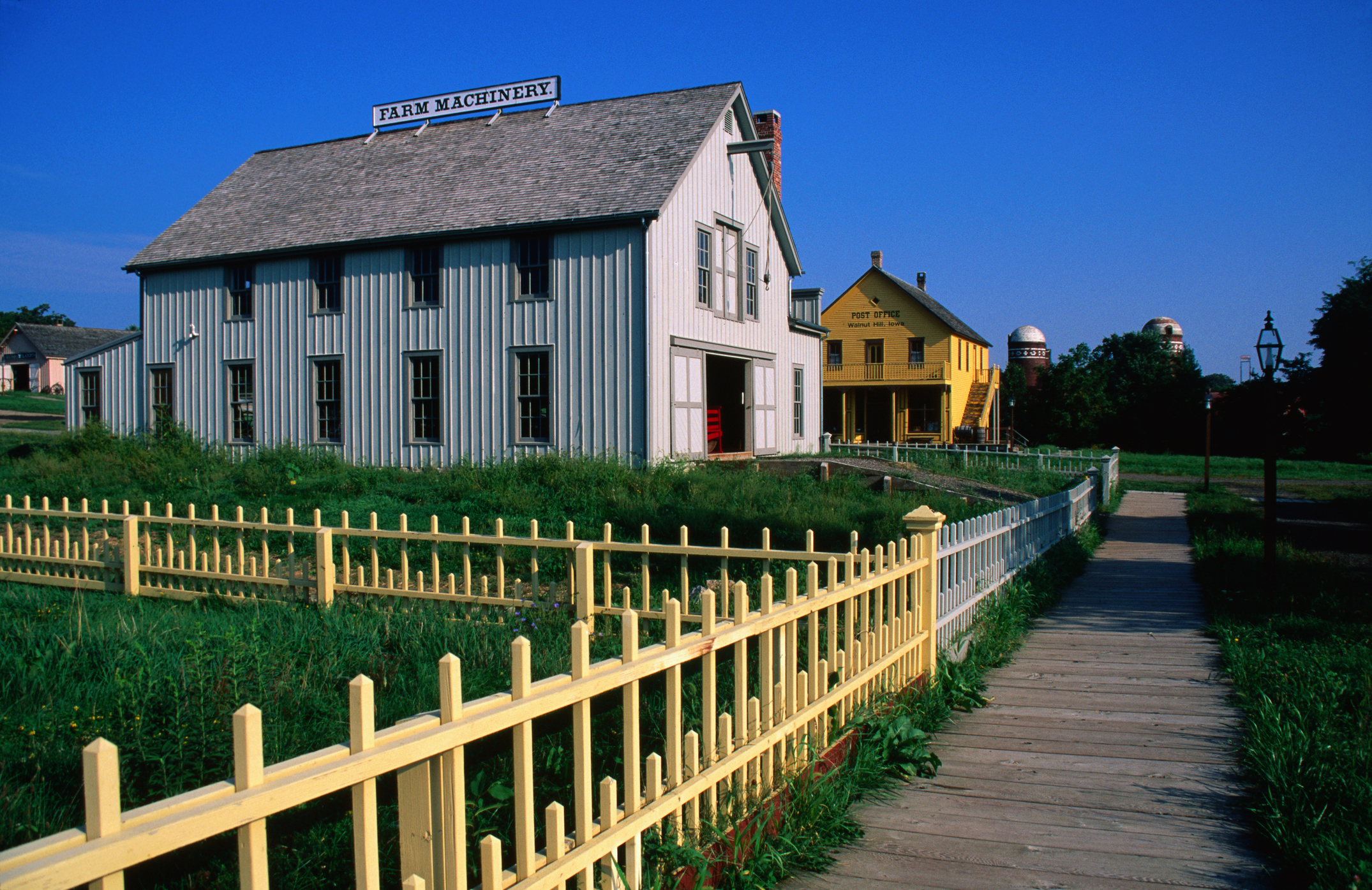
11. Des Moines, Iowa
- Cost of living: 16.0% below U.S. average
- Metro population: 212,464
- Median household income: $63,966
- Median home value: $183,700
- Unemployment rate: 4.1%
Des Moines kind of has it all: a robust and multifaceted economy; a vibrant cultural scene; major universities; and — most importantly for our purposes here — a low cost of living.
On the economic front, Des Moines is probably best known as a major center of the insurance industry and other financial services. Healthcare, manufacturing, and logistics are also key planks supporting the local labor market.
Des Moines' strong economy helps keep both the unemployment and poverty rates well below state and national averages.
The city also benefits from a comparatively large student population, driven by Drake University, Grand View University, Mercy College of Health Sciences and numerous other institutions of higher learning.
At the other end of the age spectrum, Des Moines is known for being especially attractive to retirees. The city boasts plenty of healthcare facilities specializing in aging-related services. Health care costs are 12.1% less than the national average.
Retirees won't lack for things to do, either. There are numerous museums and arts venues, including an outdoor sculpture park, a zoo, and botanical gardens. There's even a casino and racetrack in nearby Altoona that hosts annual camel, ostrich and zebra races (sorry, no wagering on these exhibition races allowed).
Best of all, Des Moines delivers all this with a cost of living that's 16% lower than the U.S. average. Housing expenses (61.8%) are roughly a third less than what the typical American spends to keep a roof over his or her head, while utility costs are significantly lower, too. Transportation is the only expense where Des Moinesers pay more, with costs running 6.1% above average.
In a first, Iowa recently made retirement income tax-exempt for residents 55 and older and eliminated its inheritance tax for tax years 2025 and later. That means tax-free Social Security, pensions and 401(k), and IRA distributions.
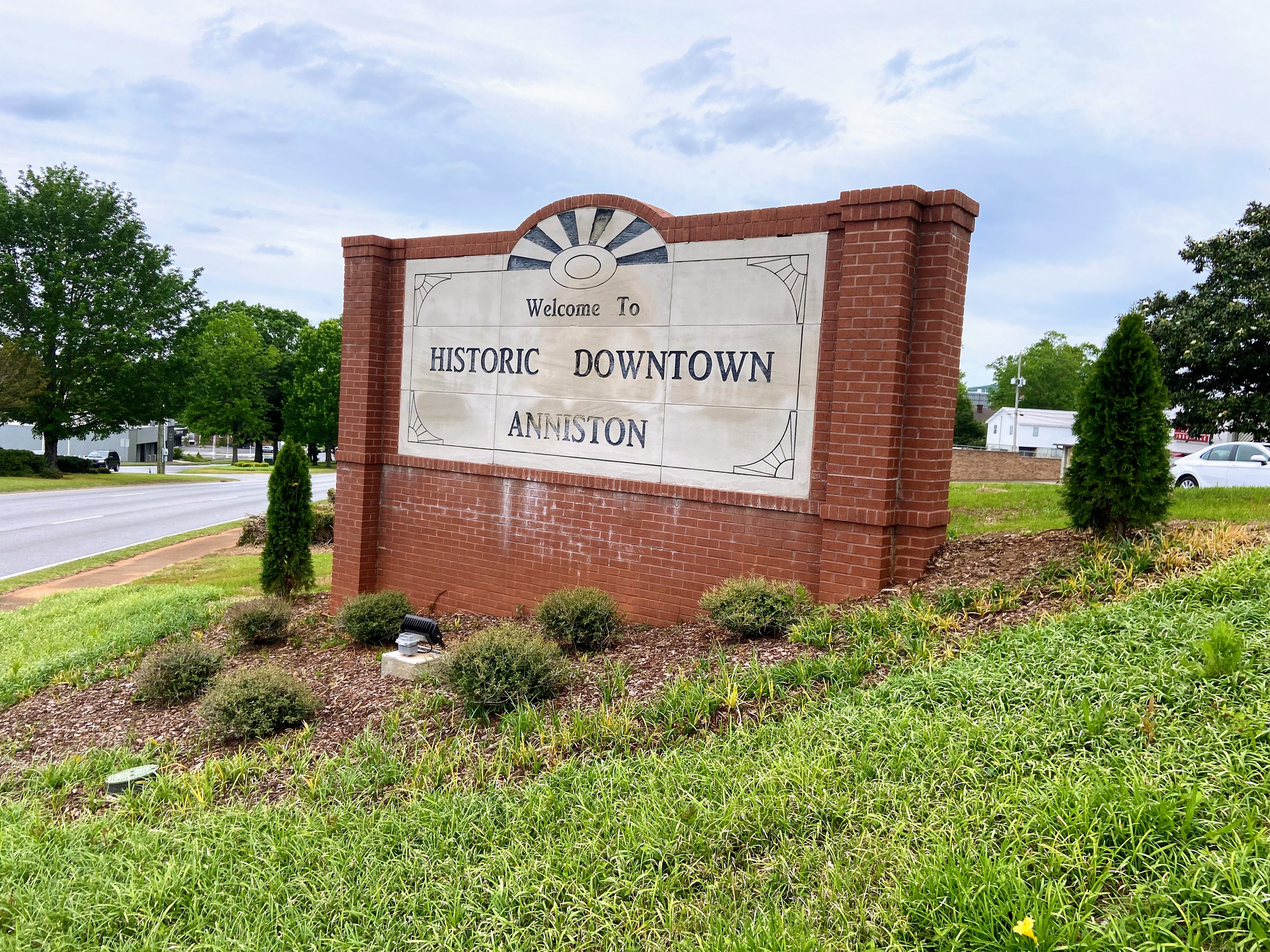
10. Anniston-Calhoun County, Alabama
- Cost of living: 16.2% below U.S. average
- Metro population: 65,744
- Median household income: $53,872
- Median home value: $136,900
- Unemployment rate: 3.3%
About an hour's drive east from Birmingham sits the Anniston metro area. The city's proximity to the Mountain Longleaf National Wildlife Refuge makes it a good jumping-off point for hikers, mountain bikers, and other outdoorsy types. The city also has its quirks. It's home to the world's largest office chair — a 33-foot-tall seat that was once recognized by Guinness World Records.
Major employers include the Anniston Army Depot and Alabama Regional Medical Center. Maybe that's why health care costs are 19.4% lower than the national average.
Anniston's low cost of living puts it among the 15 cheapest places to live, but it comes alongside a median income that's one-third lower than the national median.
Overall housing costs in the Anniston area are 40.4% lower than what the average American pays. Utilities, however, are relatively pricey, running 4.1% above the national average.
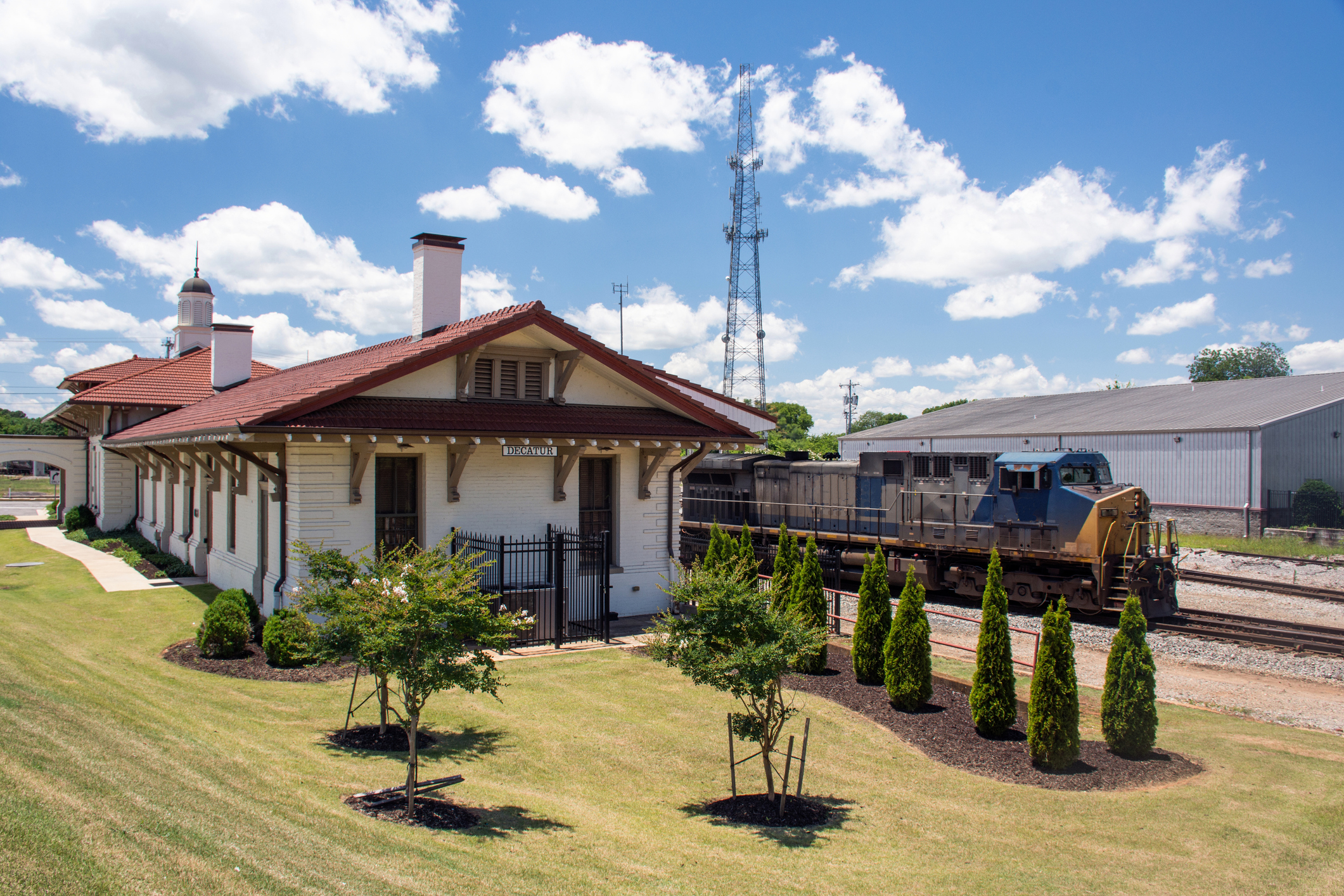
9. Decatur/Hartselle, Alabama
- Cost of living: 16.3% below U.S. average
- Metro population: 158,635
- Median household income: $72,965
- Median home value: $231,500
- Unemployment rate: 2.4%
Decatur and Hartselle are two northern Alabama cities with an abundance of outdoor activities, cultural diversions, and low costs of living. Decatur's economy benefits from being one of the busiest ports on the Tennessee River and from NASA's Marshall Space Flight Center in nearby Huntsville. Tourism is another driver of the local economy, thanks to the Wheeler National Wildlife Refuge, the Carnegie Visual Arts Center, and festivals such as the Alabama Jubilee Hot Air Balloon Classic.
Nearby Hartselle, about 10 miles south, shares the charms of its neighbor to the north. Residents can cool off in the summer at the city's sprawling aquatic center, which includes a water slide and diving platform. And Southern history buffs will want to stroll through the Hartselle Downtown Commercial Historic District, which is listed in the National Register of Historic Places.
Residents can enjoy all this and more without breaking the bank. Decatur's housing-related costs, including mortgages and rents, are 31.8% cheaper than the national average. Prices on a wide range of goods and services, from pizza to haircuts to dry cleaning, are less expensive, too.
Alabama has one of the nation's lowest property tax rates and no state death taxes. Social Security and pensions are exempt from taxation; only the first $6,000 of distributions from retirement plans (like IRAs and 401(k)s) are tax-exempt for retirees age 65 and older.
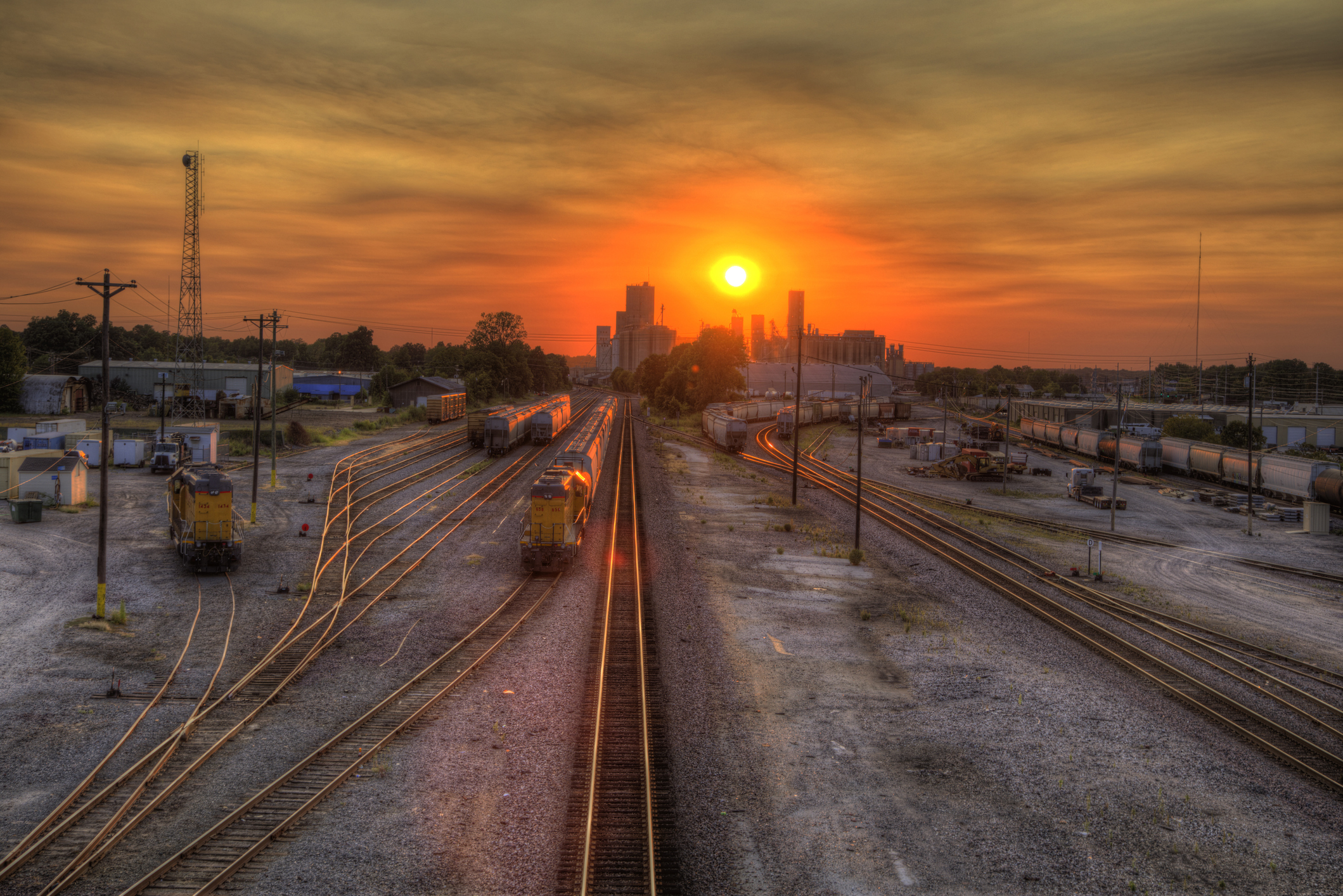
8. Jonesboro, Arkansas
- Cost of living: 16.8% below U.S. average
- Metro population: 80,655
- Median household income: $57,264
- Median home value: $201,000
- Unemployment rate: 4.1%
The Jonesboro Metro area consists of two counties, Craighead and Poinsett, and is anchored by the city of Jonesboro. It’s located in northeast Arkansas and is a short 50-mile drive to Memphis, Tennessee. Jonesboro has a small-town vibe with facets of a college town as it is home to Arkansas State University.
Arkansas State University is home to the ASU Museum, which strives to serve the community at large. On Saturdays, the museum’s Tinkering Studio teaches children how circuits work, how to use math to create art, and how to create their own animations.
Birding is a popular pastime in Arkansas. Inside the 692-acre Craighead Forest Park is the Craighead Forest Trails Loop. This trail is about 7.4 miles long and is a popular destination for ornithologists and twitchers. Or enjoy year-round fishing for bream, catfish, crappie and bass at Lake Frierson State Park, a short 10 miles north of downtown Jonesboro.
There are plenty of local corporate employers in Jonesboro, including Frito-Lay, Unilever, and General Mills — so you can get a good job and enjoy an affordable lifestyle all in one place.
Owning a home is more attainable here than in most places. Arkansas's property taxes are among the lowest in the nation. Housing costs are 39.2% cheaper than the national average and utilities are 2.6% less. The average commute is 18.5 minutes and transportation costs only 11.7% of the national average.

7. Amarillo, Texas
- Cost of living: 16.9% below U.S. average
- Metro population: 203,042
- Median household income: $58,897
- Median home value: $190,700
- Unemployment rate: 3.2%
Amarilloans are known for their love of high school football, hot sauce and thick steaks. They also enjoy savings on a wide range of goods and services. Need to get your eyes checked? An appointment with an optometrist is 40.6% less expensive in the city known as "The Yellow Rose of Texas." Dry cleaning bills are 41.4% cheaper than the national average.
But the biggest way folks in this part of the Texas Panhandle save money is by what they shell out for housing.
Metro-area residents spend 42.2% less on housing-related costs than the national average. The average house price of $257,400 is $283,108 below the national average. Apartment rents ($1,271) are 21.8% cheaper than what the typical American pays every month.
It's also encouraging that Amarillo's economy has remained invigorated. For example, the metro area's unemployment rate of 3.2% stands below the national rate of 4.3%. Major employers include Tyson Foods, CNS Pantex and BSA Health System.
In 2023, voters approved Proposition 4, which cut property taxes for Texas homeowners through tax compression and by increasing the state’s homestead exemption. In 2025, the voters have another chance to modify the property tax system and raise the homestead exemption from $100,000 to $140,000. For retirees, the homestead exemption for those age 65 and older or with disabilities could go up by $50,000 from the current $110,000 exemption to $160,000.

6. Tulsa, Oklahoma
- Cost of living: 17% below U.S. average
- Metro population: 412,322
- Median household income: $58,407
- Median home value: $189,600
- Unemployment rate: 3.1%
Tulsa is situated on the Arkansas River between the Osage Hills and the foothills of the Ozark Mountains in northeast Oklahoma. It’s the second-most-populous city in the state and is considered to be the cultural and arts center of Oklahoma. A robust energy sector, once known as the "Oil Capital of the World," fueled Tulsa's economy. However, today the city has diversified to include finance, aviation, telecommunications and technology.
In the early 20th century, Tulsa was home to "Black Wall Street," one of the most prosperous black communities in the United States at the time. In 1921, it was the site of the Tulsa Race Massacre that lasted for 16 hours and only ended when the National Guard was dispatched by the governor.
In 1925, Tulsa businessman Cyrus Avery, known as the "Father of Route 66," established the U.S. Highway 66 Association in Tulsa, earning the city the nickname the "Birthplace of Route 66."
Tulsa's aerospace industry is the city’s largest employer, and it is growing. An American Airlines maintenance base at Tulsa International Airport is the largest maintenance facility in the world. Tulsa is also home to a division of Lufthansa, the headquarters of Omni Air International, and the Spartan College of Aeronautics and Technology. Amazon recently announced plans to build a more than 600,000-square-foot fulfillment center near Tulsa International Airport.
Getting to work is cheaper in Tulsa. Transportation costs are over 12.2% less than the national average. Housing is another bargain, with residents paying only 62.2% of what the rest of the country pays. Average monthly rent and mortgage payments highlight the stark contrast. Rents on average are $819 and mortgage payments are $1,751. That is a savings of $805 (50.4%) and $839 (32.4%), respectively.
Since 1969, public displays of artwork in Tulsa have been funded by 1% of its annual city budget. Each year, a sculpture from a local artist is installed along the Arkansas River trail system, while other sculptures stand at a local park. The Philbrook Museum of Art is considered one of the top 50 fine art museums in the United States. The collection includes works from Pablo Picasso, Andrew Wyeth, Willem de Kooning, Auguste Rodin and Georgia O'Keeffe.
Taxes in Oklahoma are less than in the neighboring state of Texas. There are no estate or inheritance taxes, and the median property tax bill of $1,455 is far below the national average.
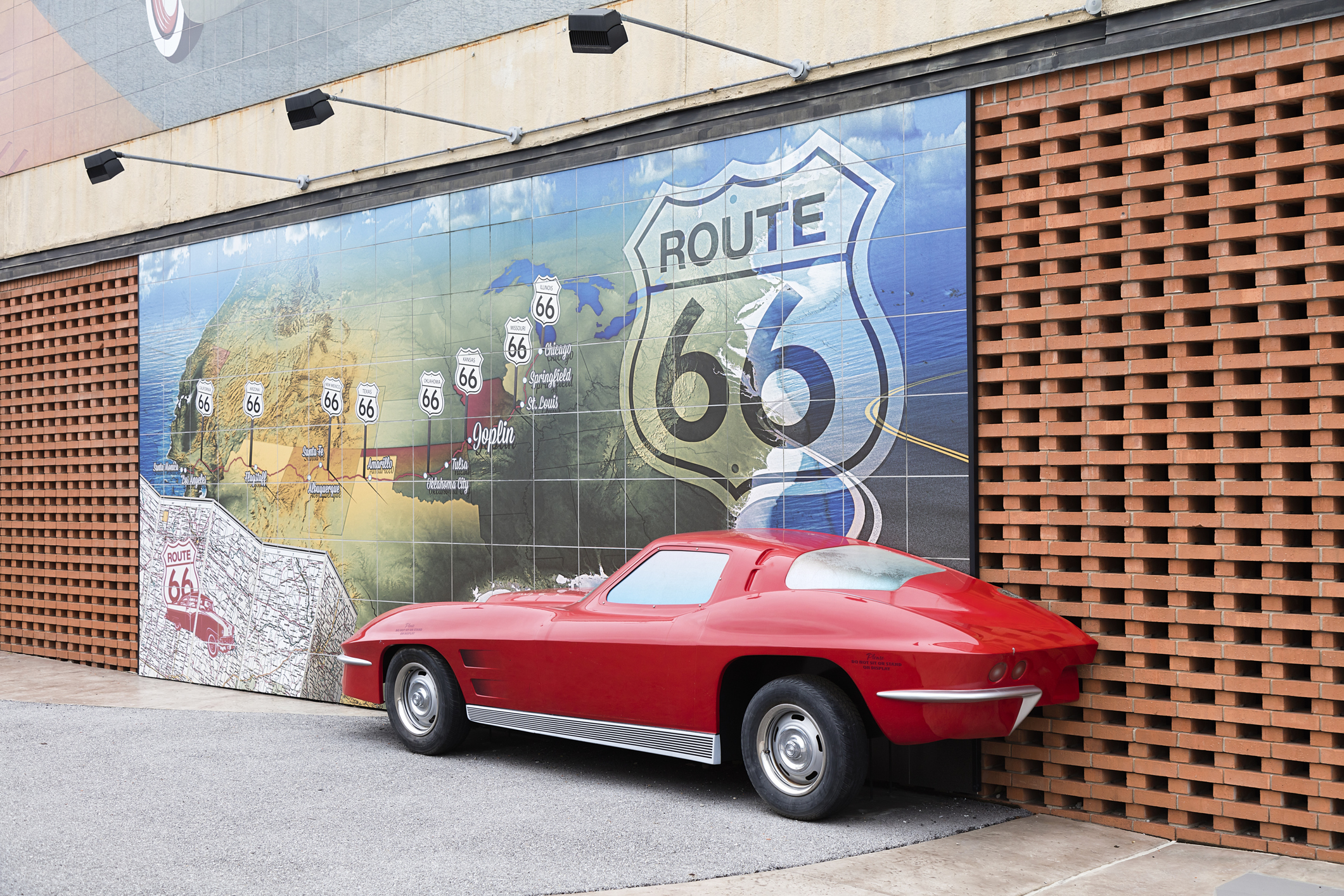
5. Joplin, Missouri
- Cost of living: 17% below U.S. average
- Metro population: 52,218
- Median household income: $51,154
- Median home value: $159,700
- Unemployment rate: 4.5%
It used to be that Joplin, at least to outsiders, was probably best known as a place where Depression-era bank robbers Bonnie and Clyde hid out for a time. Today, sadly, Joplin is perhaps better known for tornadoes, such as the deadly storm that destroyed about 30% of the city in 2011.
The city (and greater metro area) has since recovered from the costliest single tornado in modern U.S. history, helped by its status as a regional medical center. Its two major hospitals serve a four-state area that includes Kansas, Oklahoma, and Arkansas.
Meanwhile, other key employers include General Mills, Schaeffler Group and Leggett & Platt.
Housing-related costs, which run about 39.9% below the national average, help secure Joplin's place on the cheapest places to live for U.S. city dwellers. Expenses for groceries and healthcare are only 5.5% below average. Utilities are an outlier and run slightly over 0.4% above the national average.
From a tax perspective, Missouri is pretty average; it has graduated state individual income tax rates ranging from 2% to 4.8%. Although the state repealed its income tax on Social Security retirement benefits, pensions are partially taxable and IRA and 401(k) distributions are fully taxable.
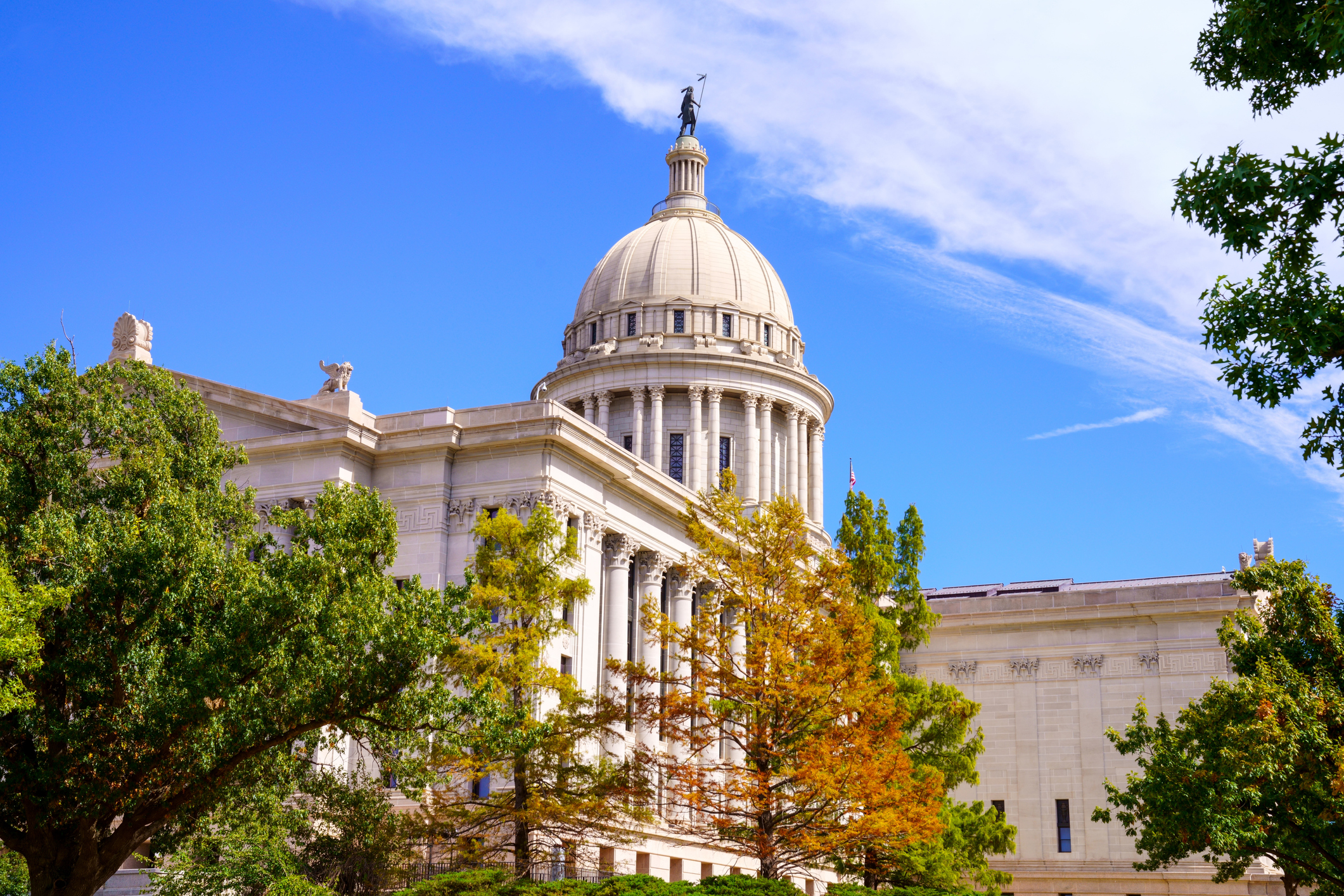
4. Oklahoma City, Oklahoma
- Cost of living: 18.5% below U.S. average
- Metro population: 702,654
- Median household income: $67,015
- Median home value: $248,100
- Unemployment rate: 3.0%
The largest city in Oklahoma offers remarkably affordable prices for its size. The biggest reason: Housing costs run 43.1% below the national average, according to the Cost of Living Index, which takes into account both home prices and apartment rents.
Drilling down into those categories, home prices in Oklahoma City average $316,715 vs. a national average of $540,508. Renters also do quite well on a relative basis. Average apartment rent comes to $830 a month compared with a U.S. average of $1,624.
Transportation and miscellaneous goods and services also cost appreciably less in Oklahoma City. However, health care costs are the same as the national average, and utilities aren't much cheaper (-1%) than what the typical American pays.
Yet, as a metro area with over half a million people, Oklahoma City offers a lot of big-city attractions, from a philharmonic orchestra to the National Softball Hall of Fame and Museum. At the professional sports level, the Oklahoma City Thunder represents the metro area in the NBA.
Meanwhile, a well-rounded metro-area economy helps folks find jobs in a wide range of industries. Major employers include the U.S.A.F.'s Tinker Air Force Base, the University of Oklahoma and Amazon.com (AMZN).
Be forewarned, however, that Oklahoma presents a mixed tax picture for retirees. While Social Security benefits, military pensions aren't taxed, pensions 401(k) and IRA distributions are partially taxable. An upside is that there is no estate or inheritance tax in Oklahoma.
Homeowners do well in the state with median property tax bills well below the national average. However, everyone pays more in general as groceries and prescription drugs are subject to states sales tax.
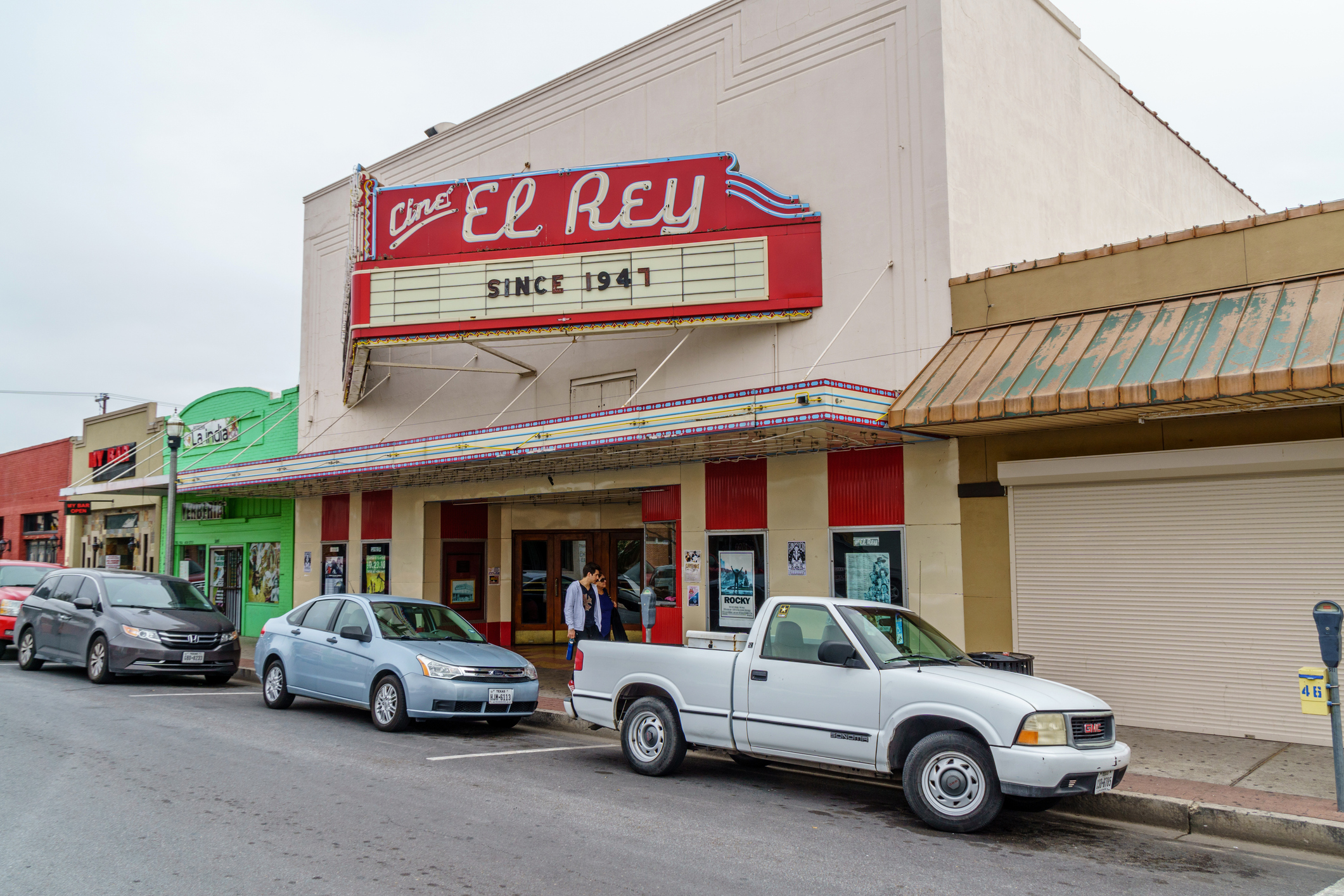
3. McAllen, Texas
- Cost of living: 19.6% below U.S. average
- Metro population: 146,599
- Median household income: $60,200
- Median home value: $203,900
- Unemployment rate: 6.7%
McAllen might be one of the cheapest places to live in the U.S., but it comes at a price. The poverty rate in the McAllen-Edinburg-Mission metro area is 20.4%. That's about 1.5 times the Texas rate of 13.7% and almost twice the U.S. rate of 10.6%.
On the plus side, McAllen is famous for bird watching because of its location on a major migration route. The Quinta Mazatlan, a luxury birdhouse with more than 15 acres of birding habitat, is not to be missed. The city also features the International Museum of Art & Science, which has a specific focus on Latin American art.
And McAllen is indeed one of the cheapest places to live in the U.S. for city dwellers. Housing costs are 43.4% lower than the national average, healthcare expenses are 26.6% cheaper and grocery items are around 7.2% less than what the typical American pays. One of the few things residents pay a little extra for is utilities (+21.6%), which isn't surprising given that temperatures routinely soar into the high 90s during the summer months.
Texas is a mixed bag when it comes to taxes. It used to have the seventh-highest median property tax rate in the country. However, voters approved a new Texas property tax relief measure that expanded the homestead exemption and will vote again in 2025 on whether to increase the exemption by $60,000. At that point, the basic exemption would climb to $140,000.
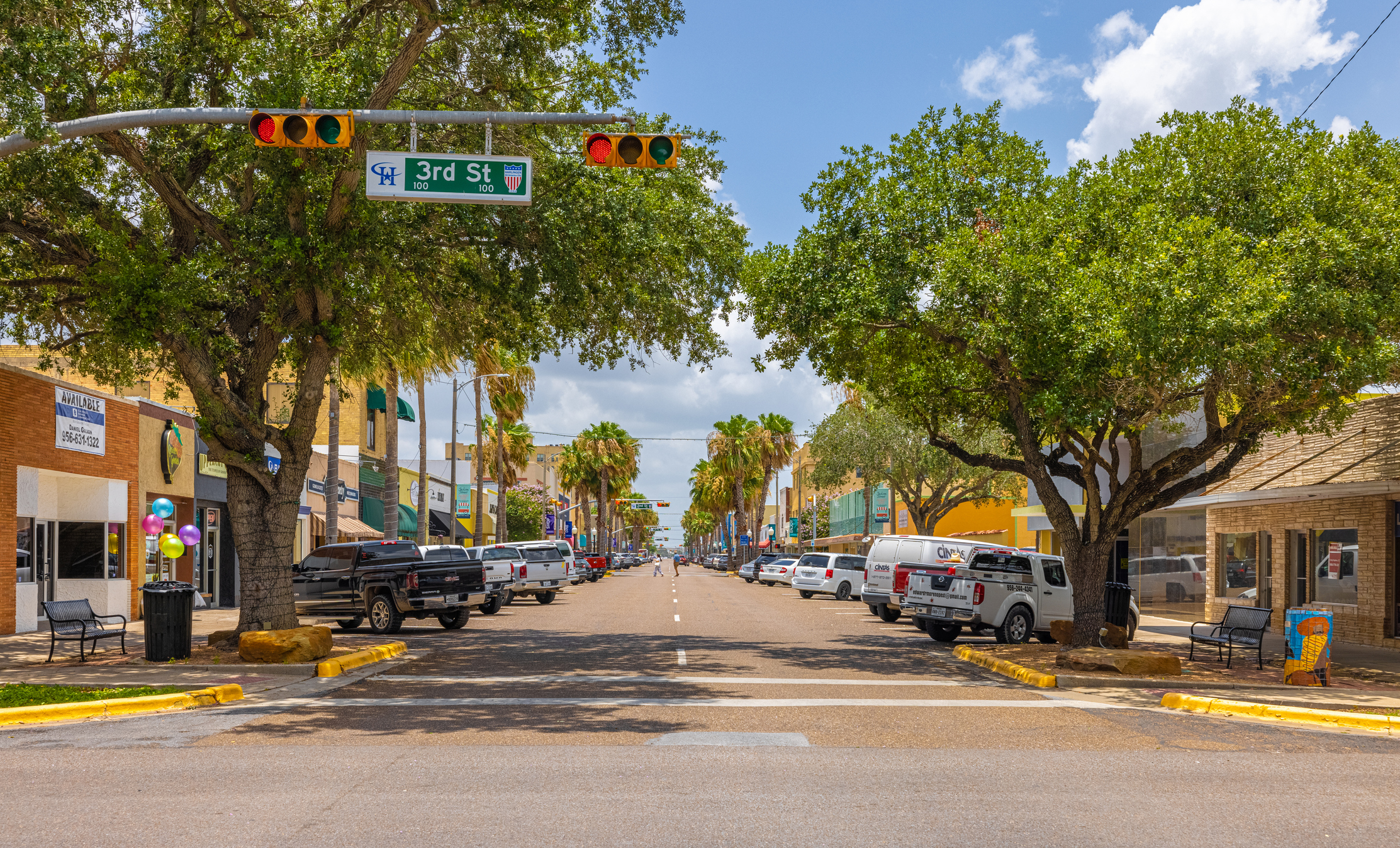
2. Harlingen, Texas
- Cost of living: 19.6% below U.S. average
- Metro population: 71,512
- Median household income: $60,065
- Median home value: $170,700
- Unemployment rate: 7.3%
Harlingen sits at the southernmost tip of Texas, with the Rio Grande to the south and the Gulf of Mexico to the east. The Brownsville-Harlingen metro area is a hardscrabble place where 20.1% of residents live below the poverty line. That's about one-and-a-half times the poverty rate for Texas as a whole. Comparatively low median household income and high unemployment are other grim aspects of the metro area's economy.
However, just about everything, from groceries to gasoline, costs less in Harlingen. Locals save about 5.6% on a good cut of steak compared to the national average. The average home price in Harlingen ($365,567) is a striking $174,941 less than the U.S. average. The average apartment rents for $835 per month — or 48.6% lower than the national average of $1,642.
Texas makes the list of Kiplinger's Best States for Middle-Class Families Who Hate Paying Taxes. Texas also recently reduced property taxes by increasing the homestead exemption from $40,000 to $100,000 ($110,000 for homeowners 65 and older and those with disabilities).
As with not-too-distant neighbor McAllen (+21.6%), utility bills run a bit high, or 26.5% above the national average.
Although agriculture remains central to Harlingen's local economy, the healthcare and telecommunications industries are rapidly gaining importance.
Lastly, it would be negligent to forget one of the area's biggest selling points: Harlingen is only about an hour's drive to the beaches of South Padre Island.
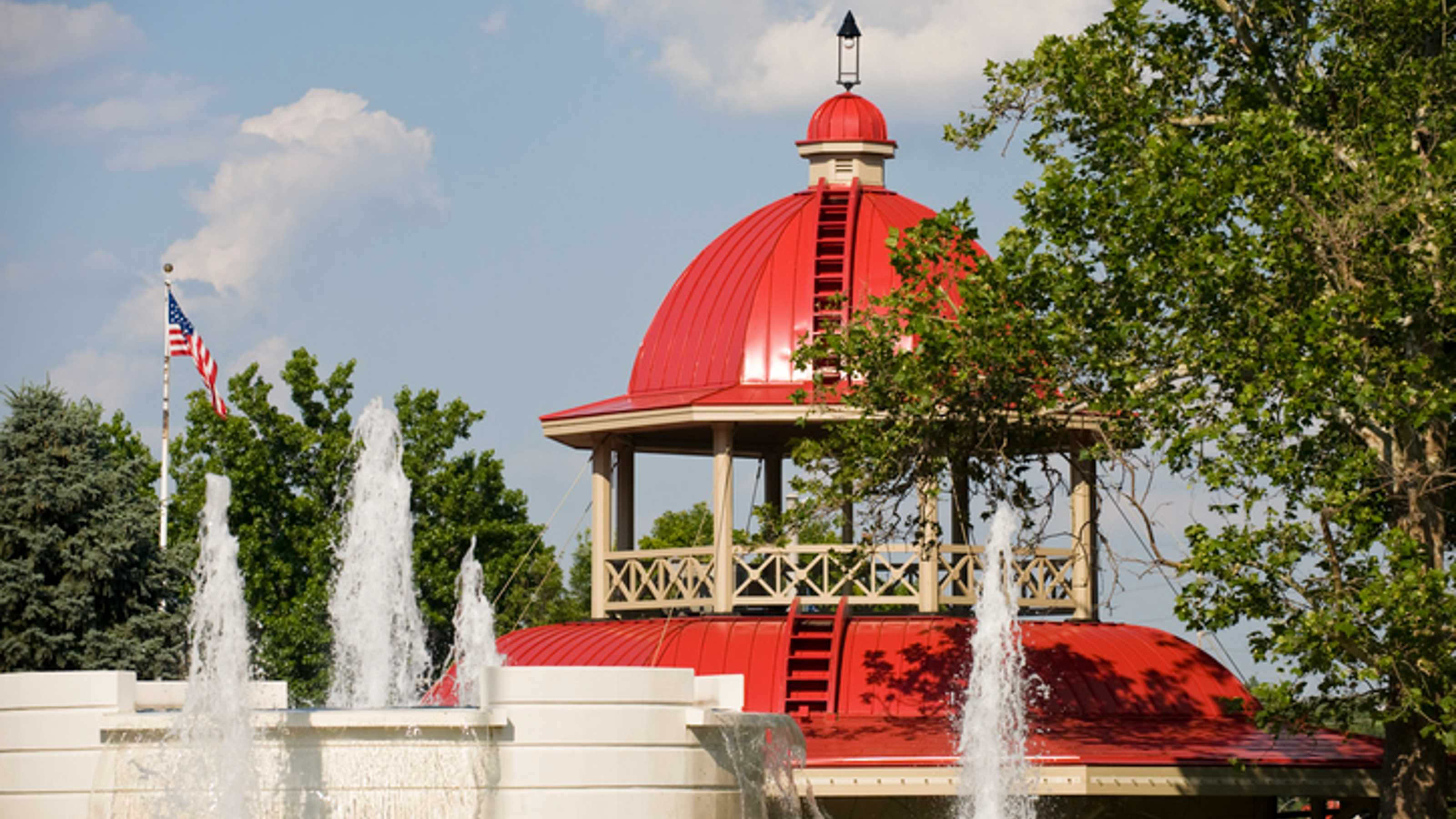
1. Decatur, Illinois
- Cost of living: 20.9% below U.S. average
- Metro population: 66,594
- Median household income: $46,564
- Median home value: $89,400
- Unemployment rate: 5.9%
Decatur currently ranks as the cheapest place to live in the U.S. among cities with metro areas with at least 50,000 inhabitants.
Decatur, Illinois, and its surrounding metro area are probably best known as an agricultural and manufacturing center. Archer Daniels Midland moved its headquarters to Chicago in 2013 but maintains operations in this central Illinois city. Caterpillar, the world's largest maker of construction and mining equipment, has facilities in the area, as well. Decatur likewise lays claim to a massive corn-processing plant owned by U.K.-based food ingredients company Tate & Lyle.
Archer Daniels Midland's departure following a price-fixing scandal was a blow to the local economy, and Decatur struggles with elevated unemployment to this day. A cost of living that's nearly a fifth lower than the national average is partly a symptom of ADM's exit, but at least it's also something of a salve.
Housing costs are almost over 50% lower than the national average in metro Decatur, and healthcare is much cheaper, too. However, the cost of utilities is almost 3.9% above the national average, and transportation costs are only 6.2% lower. Those savings help make up for the fact that Illinois is among the least tax-friendly states for middle-class families. Illinois has one of the highest sales tax rates in the U.S., but it's also one of the states that don't tax retirement income.
Decatur's status as one of the cheapest places to live in the U.S. is no doubt appreciated by its significant student population, which includes Millikin University's approximately 2,340 students and the roughly 2,075 people studying at Richland Community College.
Profit and prosper with the best of Kiplinger's advice on investing, taxes, retirement, personal finance and much more. Delivered daily. Enter your email in the box and click Sign Me Up.

Donna joined Kiplinger as a personal finance writer in 2023. She spent more than a decade as the contributing editor of J.K.Lasser's Your Income Tax Guide and edited state specific legal treatises at ALM Media. She has shared her expertise as a guest on Bloomberg, CNN, Fox, NPR, CNBC and many other media outlets around the nation. She is a graduate of Brooklyn Law School and the University at Buffalo.
- Charlotte GorboldKiplinger Contributor
- Dan BurrowsSenior Investing Writer, Kiplinger.com
-
 Holiday Tax Scams: 'Tis the Season to be Wary
Holiday Tax Scams: 'Tis the Season to be WaryTax Scams Navigating tax tricks of the holiday season may be daunting, but don't let that destroy your festive spirit
-
 Metro by T-Mobile Is Giving Away This Samsung Galaxy A16: Which Plans Are Eligible?
Metro by T-Mobile Is Giving Away This Samsung Galaxy A16: Which Plans Are Eligible?Metro by T-Mobile is offering free Samsung Galaxy A16 phones on eligible plans right now. Here’s how the deal works.
-
 I Drive and Collect Classic Cars: Here’s How I Got Started
I Drive and Collect Classic Cars: Here’s How I Got StartedAre classic cars a hobby or an investment strategy — or both? Either way, the vintage car scene is much cooler and more affordable than you think.
-
 Could Tax Savings Make a 50-Year Mortgage Worth It?
Could Tax Savings Make a 50-Year Mortgage Worth It?Buying a Home The 50-year mortgage proposal by Trump aims to address the housing affordability crisis with lower monthly mortgage payments. But what does that mean for your taxes?
-
 What to Do With Your Tax Refund: 6 Ways to Bring Growth
What to Do With Your Tax Refund: 6 Ways to Bring GrowthUse your 2024 tax refund to boost short-term or long-term financial goals by putting it in one of these six places.
-
 What Does Medicare Not Cover? Eight Things You Should Know
What Does Medicare Not Cover? Eight Things You Should KnowMedicare Part A and Part B leave gaps in your healthcare coverage. But Medicare Advantage has problems, too.
-
 12 Great Places to Retire in the Midwest
12 Great Places to Retire in the MidwestPlaces to live Here are our retirement picks in the 12 midwestern states.
-
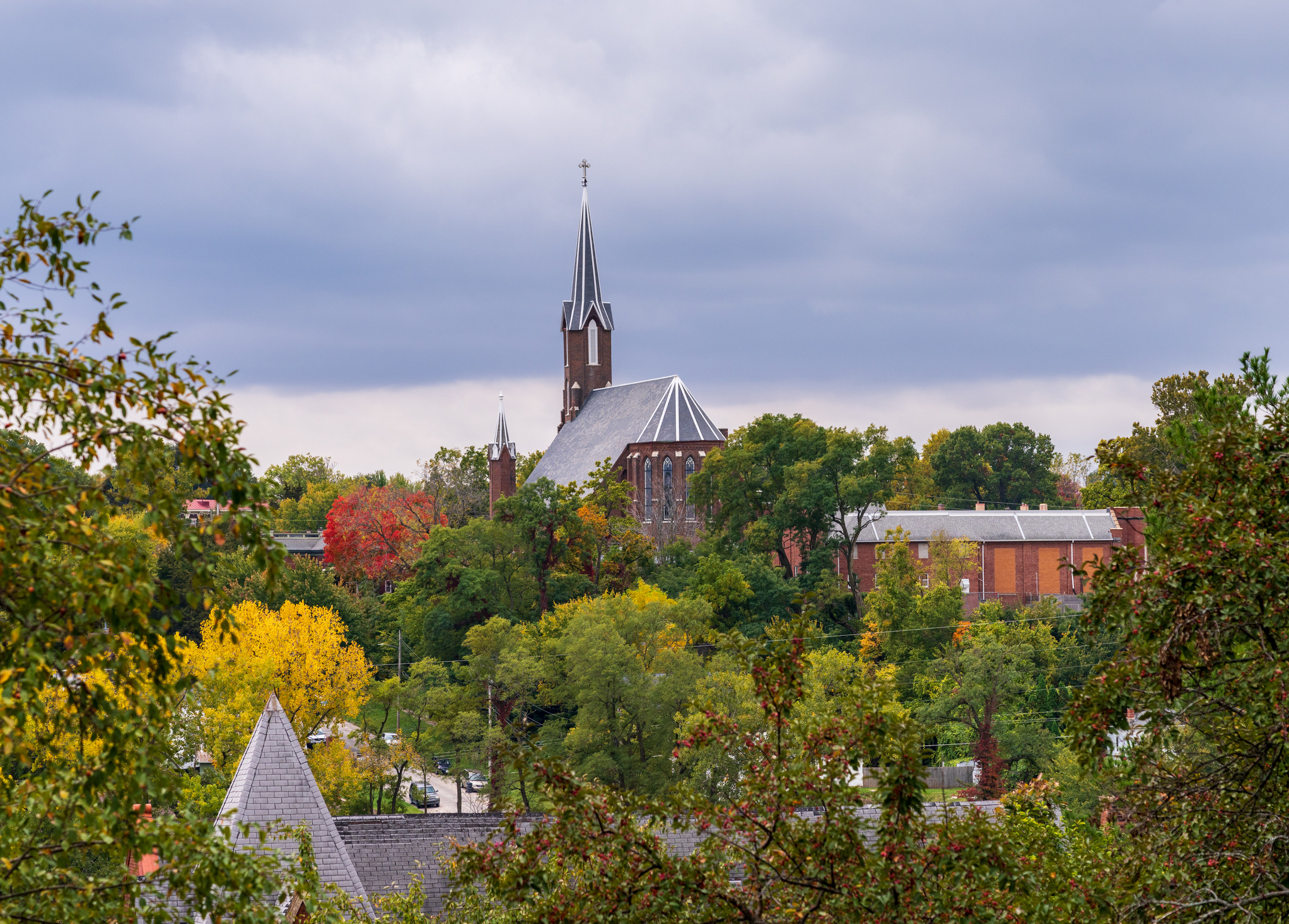 15 Cheapest Small Towns to Live In
15 Cheapest Small Towns to Live InThe cheapest small towns might not be for everyone, but their charms can make them the best places to live for plenty of folks.
-
 Best Cold Weather Places to Retire
Best Cold Weather Places to RetirePlaces to live Some like it hot; others, not so much. Here are the 12 best places to retire if you can't stand the heat.
-
 15 Reasons You'll Regret an RV in Retirement
15 Reasons You'll Regret an RV in RetirementMaking Your Money Last Here's why you might regret an RV in retirement. RV-savvy retirees talk about the downsides of spending retirement in a motorhome, travel trailer, fifth wheel, or other recreational vehicle.
-
 The 24 Cheapest Places To Retire in the US
The 24 Cheapest Places To Retire in the USWhen you're trying to balance a fixed income with an enjoyable retirement, the cost of living is a crucial factor to consider. Is your city the best?
